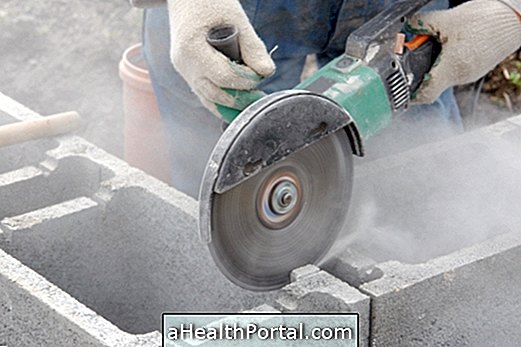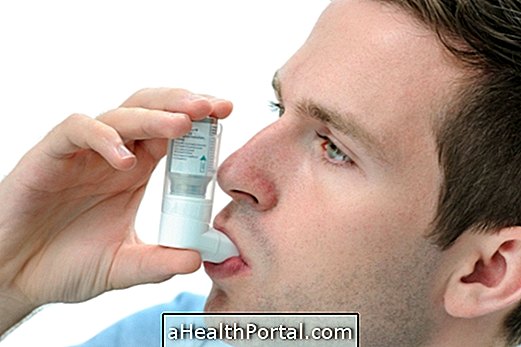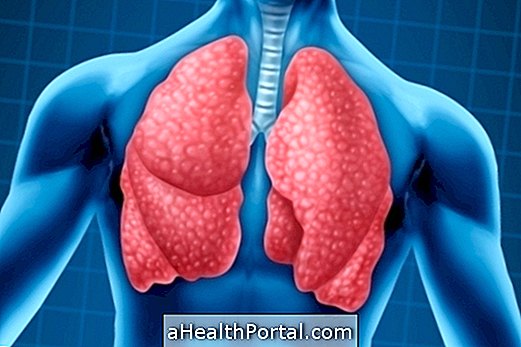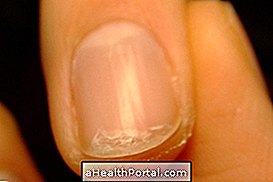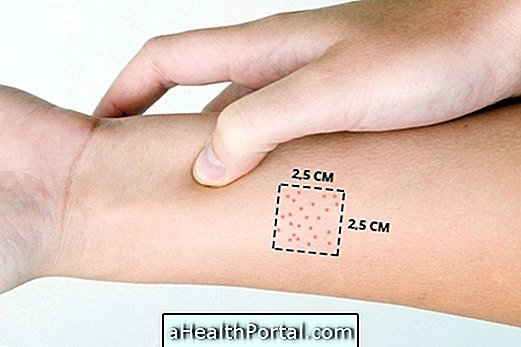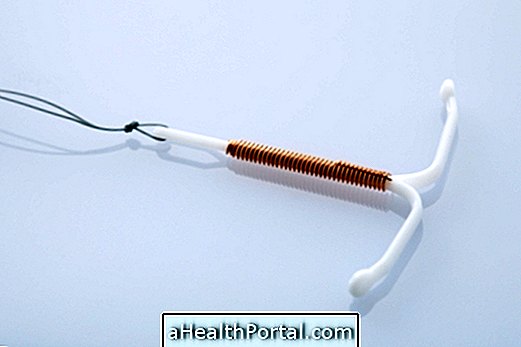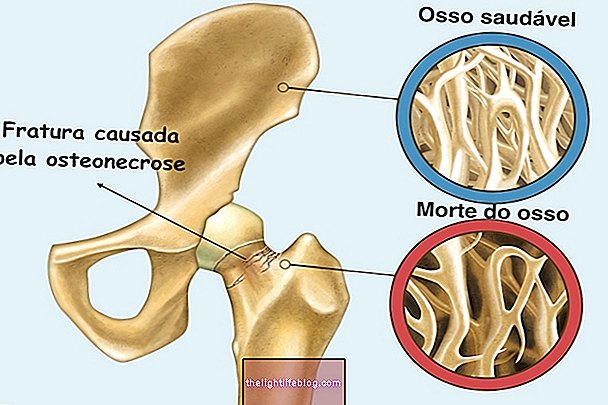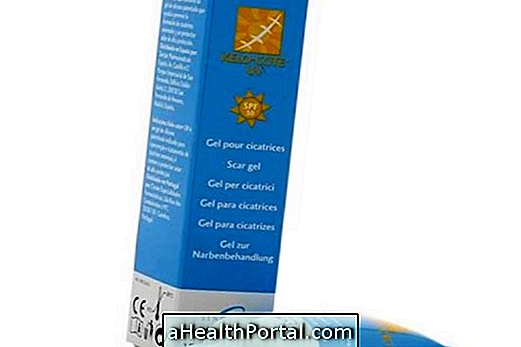Vasomotor rhinitis is the inflammation of the membranes that are inside the nose, producing symptoms like coryza, stuffy nose and itch, for example. Usually, this type of rhinitis appears throughout the year and therefore is not related to allergies that may arise more often in the spring or summer, for example.
Although there is no proven cure for vasomotor rhinitis, its symptoms can be alleviated with some treatment recommended by the doctor, such as use of anti-hitamínicos or anti-inflammatories, for example.

Main symptoms
The most common symptoms of vasomotor rhinitis include:
- Stuffy nose;
- Constant coryza;
- Feeling of phlegm in the throat;
- Itchy nose;
- Redness in the eyes.
These symptoms can last for several days or weeks and are also similar to rhinitis caused by an allergy and may therefore be more difficult to identify the correct cause.
How to confirm the diagnosis
The diagnosis of vasomotor rhinitis is usually made by an otolaryngologist, through a complete examination of the nasal passage, which will show swelling of the mucosa caused by dilation of the blood vessels. Then the doctor may also order a skin allergy test and blood test to rule out the presence of an allergic reaction.
Potential causes of vasomotor rhinitis
Vasomotor rhinitis arises when the blood vessels of the nose dilate, which causes swelling and congestion of the tissues inside the nose. Although it is not yet known why the vessels dilate, some causes that may be at the origin of rhinitis include:
- Exposure to dry air;
- Change in atmospheric pressure and temperature;
- Strong odors;
- Spicy foods;
- Chemical irritants like ozone, pollution, perfumes and sprays;
- Nose injuries;
- Diseases such as gastroesophageal reflux and asthma;
- Alcoholism;
- Side effects of medications;
- Strong emotions.
Since vasomotor rhinitis is more common in women, it may also be caused by hormonal changes, which are more common in women due to the menstrual cycle.

How is the treatment done?
Vasomotor rhinitis has no cure, however, treatment can help reduce the intensity of symptoms and improve quality of life. Some of the most commonly used forms of treatment include:
- Saline nasal sprays : used to decrease coryza;
- Oral antihistamines : reduce swelling of the respiratory system;
- Home treatments Nasal irrigation and inhalation of steam or eucalyptus oil;
- Do regular physical activity : it helps improve overall respiratory conditioning.
In addition, doing nose irrigations or nebulizations with essential eucalyptus oil are also great home ways to relieve irritation and decrease coryza, improving breathing. See 4 home sprays for sinusitis, which also work for rhinitis.
Generally, corticosteroid nasal sprays, such as mometasone, are indicated only when symptoms do not improve with either of these forms of treatment and should always be prescribed by a physician.
When surgery is needed
Surgery for vasomotor rhinitis is usually only indicated in severe cases, when symptoms are caused by blockage of one side of the nasal cavity by a deviated septum, hypertrophy of the turbinates or presence of nasal polyps, for example. In these cases, treatment with medicines may not provide relief, and surgery is necessary to remove the blockage.


